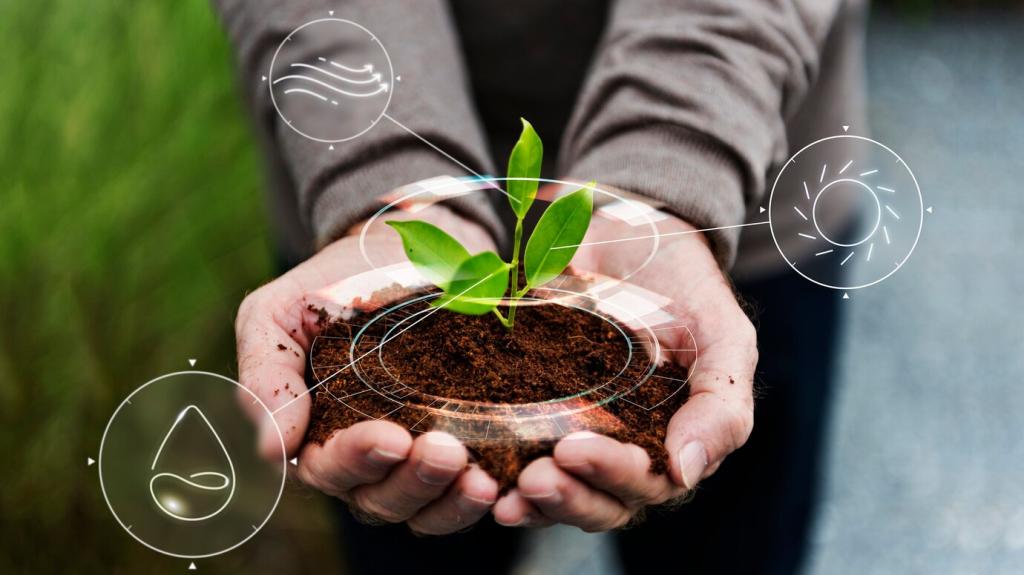
Green Infrastructure: Building Resilient Cities
Green infrastructure is redefining the way urban environments function, adding ecological value while enhancing the resilience of cities facing the challenges of climate change and rapid urbanization. By integrating natural systems into the built environment, cities become more adaptable, sustainable, and livable. This shift not only mitigates environmental threats such as flooding and air pollution but also improves public health and urban biodiversity. The adoption of green infrastructure is fast becoming a cornerstone in planning for the future of resilient cities.
The Foundations of Green Infrastructure
Green infrastructure refers to a strategically planned network of natural and semi-natural features within urban environments. Unlike traditional grey infrastructure such as pipes and concrete canals, green alternatives utilize vegetation, soils, and natural processes to manage water, improve air quality, and enhance biodiversity. This holistic approach fosters interconnected green spaces including parks, greenways, wetlands, and rooftop gardens, all working synergistically to address urban challenges. By mimicking natural systems, green infrastructure is able to provide essential services in a more sustainable and cost-effective manner, supporting urban life while reducing environmental impacts.
Previous
Next
Green Infrastructure and Climate Resilience
Mitigating Urban Heat Islands
Urban areas often experience significantly higher temperatures than their rural surroundings, a phenomenon known as the urban heat island effect. Green infrastructure addresses this by increasing vegetation cover, which shades surfaces and cools the air through evapotranspiration. Parks, green roofs, and tree-lined streets not only provide refuge during heat waves but also contribute to lowering overall city temperatures. As heat-related illnesses and energy demands rise with warming climates, these cooling benefits become ever more critical, protecting public health and reducing the strain on city resources.


Managing Urban Flood Risks
With the frequency and intensity of storms on the rise, traditional drainage systems often struggle to handle sudden surges of water. Green infrastructure absorbs and slows stormwater, reducing peak flows and minimizing urban flooding. Features like bioswales, rain gardens, and permeable pavements capture and infiltrate rainfall where it lands, easing the burden on conventional pipes and sewers. These systems also improve water quality by filtering pollutants, ensuring cities remain more resilient in the face of intensified rainfall and the threats posed by climate change.
Modern urban planning is increasingly prioritizing the inclusion of green infrastructure at all levels of development. From the earliest stages, planners and designers consider how parks, gardens, green corridors, and wetlands can be woven into the urban fabric. This integration is not just about allocating space for greenery; it’s about reimagining how streets, rooftops, and even walls can serve ecological and recreational functions. By treating cities as living systems, planners are able to create environments that are resilient, adaptable, and deeply connected to the wellbeing of both people and nature.
